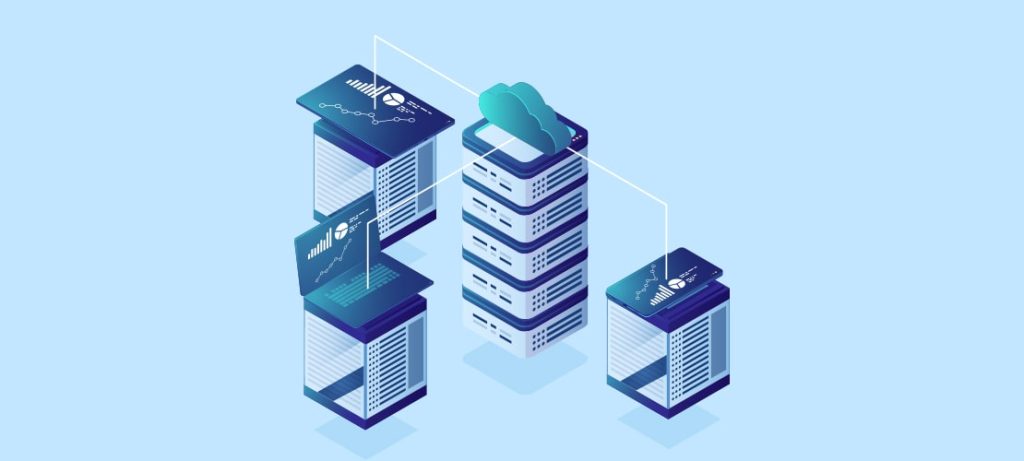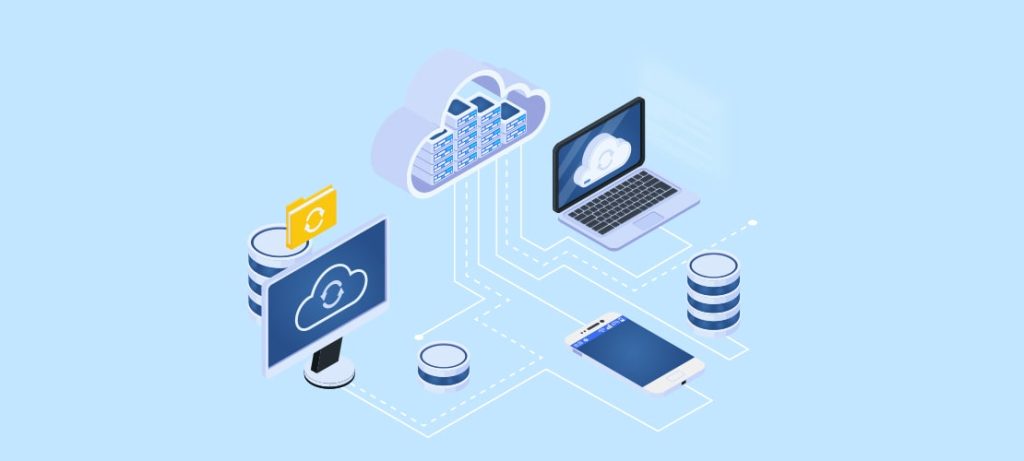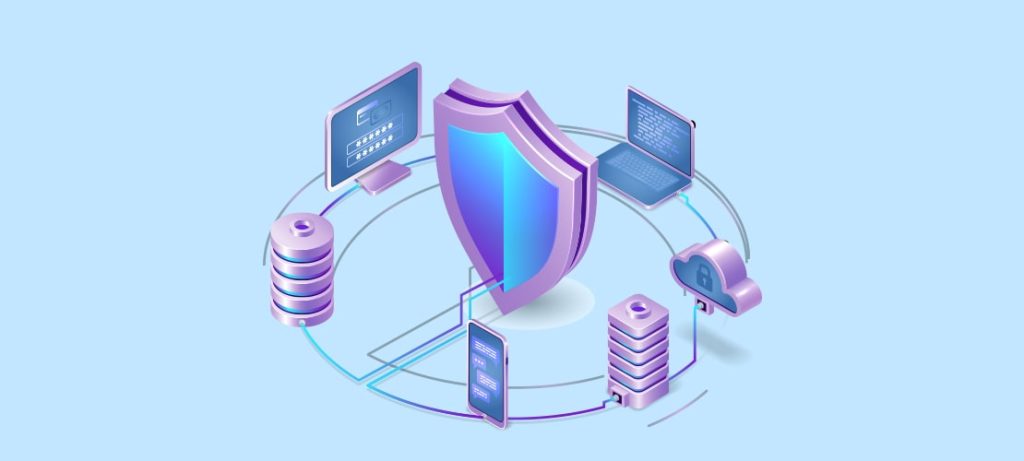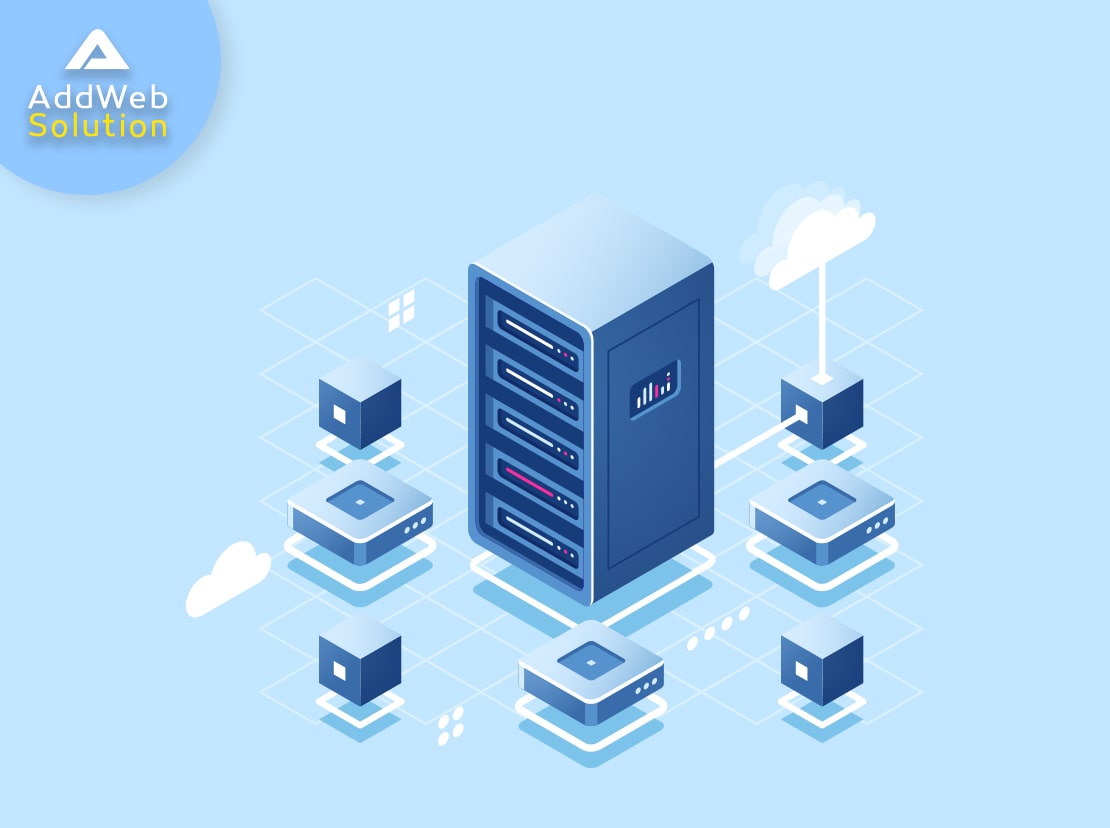The coronavirus outbreak has proven to be a much-needed catalyst for innovation. While the nations have announced lockdowns, it has accelerated digitization and adoption of technologies among businesses of all shapes and sizes.
Today, organizations are discussing digital transformation and ensuring that the data they are using to make business-critical decisions is precise and up to date and helps them gain actionable insights and support new business initiatives. Data has become the new growth-hacker for organizations as every business is looking for different ways to utilize it and stay ahead of the competitors.
The emergence of new technologies, concepts, and applications like big data, Hadoop, Tableau, Power BI, and so on have changed how database management was carried out for years. The year 2020 has been full of innovations in database management where organizations were talking about augmented database management, databases on the cloud, big data management, and more.
But what about 2021? What trends will we see in the upcoming years? This blog post will figure out the possible database management trends everyone business should keep an eye on in 2021.
Augmented Data Management will See a Huge Demand in 2021!

It has become crucial for enterprises to become agile and deliver data faster. In the future, the organizations will be required to automate various database management activities, such as data quality and metadata management, to simplify the database management process. According to the Gartner report, organizations using metadata, machine learning, and data fabrics to automate the data management process will be able to reduce the data delivery time by 30% by 2023. Augmented data management will simplify schema recognition without violating any compliance or regulations. With Artificial Intelligence and Machine Learning, augmented data management will help databases be fine-tuned and rectified.
Also Read: Hackproof Your AWS Cloud Set Up in a Few Simple Steps
Up to Date and Accurate Data will be More Important Than Ever!
There has been a significant rise in the demand for real-time and accurate data readily available to businesses in the pandemic situation. It has become imperative for companies to get frequent alerts, data refreshes, and predictions related to information. Since the volume of data increases with each passing day, businesses must follow this trend in the future.
It will be Crucial to Capture and Synthesize Data From External Sources in The Future
The days are gone when organizations were performing database management of internal and business-specific data. Today, it has become essential for organizations to capture and utilize data from external sources, including data from other industries or domains. This will enable organizations to leverage from derivative data, which is derived from various combinations and permutations. This trend is gaining attention and will rule in the future, thanks to Artificial Intelligence’s power.
Cloud and Multi-cloud Concepts are Gaining Traction

Though this trend is not new, it is gaining traction from companies all over the world. Today, more and more organizations are showing interest in the cloud, precisely the multi-cloud concept, and planning to move their databases on the cloud. The startups and digital native organizations were the early adopters of the cloud, but as we move into 2021, more conventional enterprises will adopt the concept of multi-cloud.
Also Read: How Continuous Monitoring in DevOps Can Help Your Organization Mitigate Unforeseen Challenges
The Predictive Value of Data will be Realized in 2021
Today, enterprises without any background in database management are considering the use of predictive analytics. By 2021, the enterprises will start leveraging AI and Machine Learning to utilize historical data and predict future business actions. That will not help organizations gain useful insights from the past data and help them know what went wrong in the past. Moreover, gaining value from the data faster will help organizations make a difference.
Database Security will be The Top Priority in The Future

Of course, every industry and technology has its own set of security requirements and so do database management. Today, more and more organizations are seeking unified and end-to-end data governance structures. Also, the consumers are expecting more information on database security to ensure their data is safe. That will be the most significant change in the upcoming years when organizations will take data security more seriously to gain customers’ trust.
Now that shift has begun in database management, the transformation we will witness will accelerate innovation and help organizations improve their offerings to the customers. What’s your take on this? Do you have any other database management trends in mind that will rule 2021? Please share it with us in the comments below.
Frequently Asked Questions
Explore emerging trends such as cloud-native databases, edge computing, and integrating artificial intelligence (AI) and machine learning (ML) in database management.
Cloud-native database management involves leveraging cloud infrastructure for database operations. This trend is gaining momentum due to increased scalability, flexibility, and cost-effectiveness. It allows organizations to focus more on innovation and less on infrastructure management.
Edge computing involves processing data closer to the source, reducing latency. This trend impacts database management by requiring distributed database architectures that support data processing at the edge, enabling real-time decision-making.
Integrating AI and ML in database management allows for intelligent automation, predictive analysis, and improved decision-making. It enhances data security, optimizes performance, and helps organizations derive valuable insights from their data.
Adhering to data compliance regulations is crucial. Organizations should stay informed about changing regulations, implement proper data governance practices, and leverage database management solutions that support compliance requirements.
Hybrid and multi-cloud database management allows organizations to combine on-premises and cloud-based databases. This provides flexibility and disaster recovery options and avoids vendor lock-in, offering a more agile and adaptable database infrastructure.
With the increasing adoption of IoT devices, database management will face challenges related to massive data influx. Future trends involve optimizing databases for IoT data and ensuring efficient storage, processing, and analysis of large volumes of data generated by IoT devices.
To prepare for future trends, organizations should invest in continuous learning, stay updated on industry developments, assess their current database infrastructure, and strategically plan to adopt new technologies that align with their business objectives.

